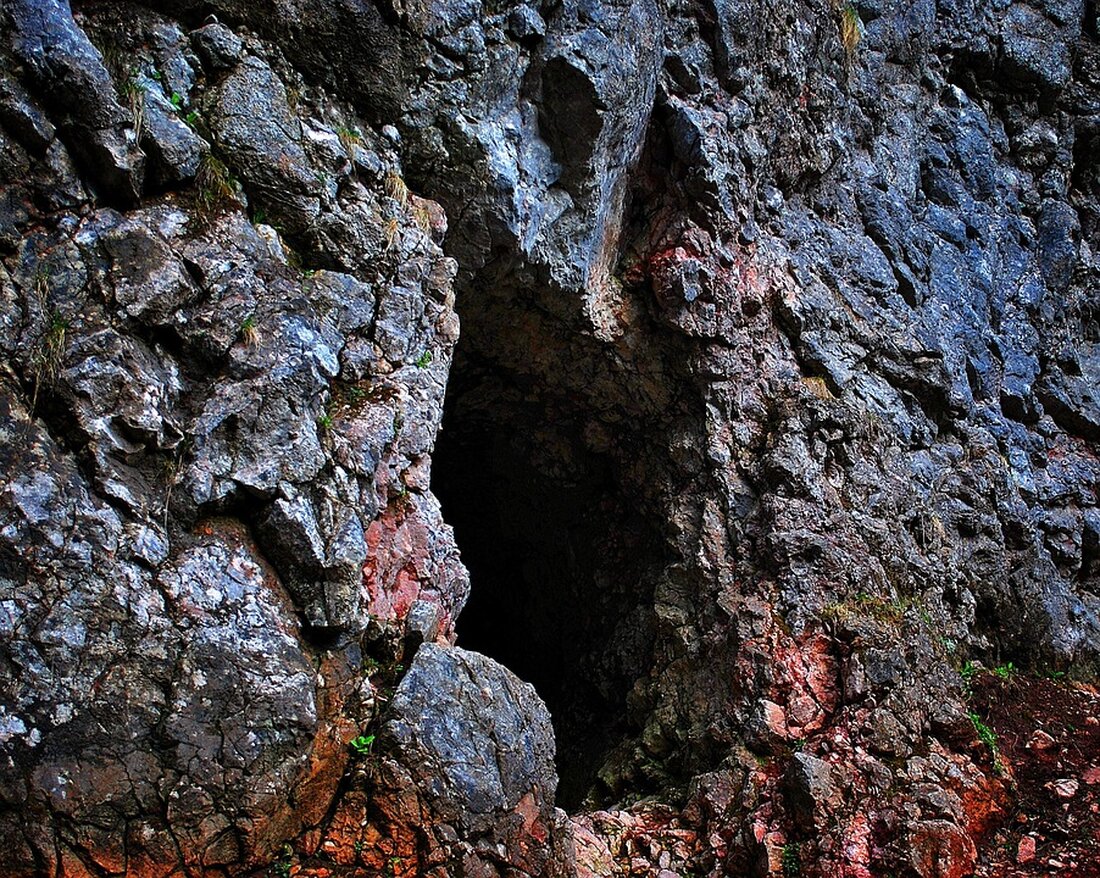Treasures from Thanh Hoa: History and Safety in Heritage Conservation!
Discover Thanh Hoa's national treasures, its history and cultural richness at Lam Kinh Monument. Only sights!

Treasures from Thanh Hoa: History and Safety in Heritage Conservation!
In Thanh Hoa Province, Vietnam, a total of eight national treasures are under state protection. These collections are not only of great historical importance, but also a symbol of the region's cultural heritage. How Vietnam.vn Reportedly, three of these national treasures are managed at the Thanh Hoa Provincial Museum. These include the Mount Nua short sword, the Cam Giang I bronze drum and a bronze cauldron that is considered one of the largest and best preserved in Vietnam.
Five other national treasures are located at the historic Lam Kinh Relic Site. These include important steels associated with various kings of the Le Dynasty, including the Vinh Lang Stele of King Le Thai To and the Chieu Lang Stele of King Le Thanh Tong. These steels are not only historically valuable, but are also protected through regular maintenance measures such as cleaning, disinfection and appointment treatments.
Protection and preservation of national treasures
After recognizing these objects as national treasures, the Provincial Museum and the Management Board developed specific plans for their management and preservation. All three national treasures in the museum are now digitized, including 3D scans and high-resolution photos, to increase accessibility and awareness of these cultural treasures.
In addition, the provincial museum organizes traveling exhibitions and educates young people through history education programs in schools. Another aspect of protection is the installation of surveillance cameras and solar lighting systems, especially at the tomb of King Le Tuc Tong, to ensure the safety of cultural assets. The Ministry of Culture, Sports and Tourism coordinated security measures involving various departments.
The Lam Kinh Relic Site
The Lam Kinh Relic Site is an outstanding historical tourist destination in Thanh Hoa that has significant cultural and architectural relevance. How Vietnam Destinations explains, the place was founded in 1428 by King Le Loi as an ancient capital and was the starting point for resistance against the Ming invaders. The complex extends over approximately 200 hectares and awaits visitors in a peaceful environment surrounded by trees that frame temples and mausoleums.
Lam Kinh's main architectural features include temples, tombs and recreational spaces designed according to Feng Shui principles. Of particular note is the Ngoc River, which flows around Lam Kinh with its clear waters, as well as the Bach Bridge, which serves as the main entrance to the Relic Site. The majestic Main Hall, the largest building in the complex, and the Lam Kinh Thai Temple, dedicated to venerating the ancestors of the Le Dynasty, attract numerous tourists every year.
The Lam Kinh Festival, celebrated on the 22nd day of the 8th lunar month, honors King Le Thai To and includes traditional ceremonies and cultural activities. The restoration plan for the Main Hall, which was approved in 2010, also revived legends such as those of the “laughing guava tree” and the iron tree, which shed its leaves again after the restoration work.

 Suche
Suche
 Mein Konto
Mein Konto